European empires in the 19th century
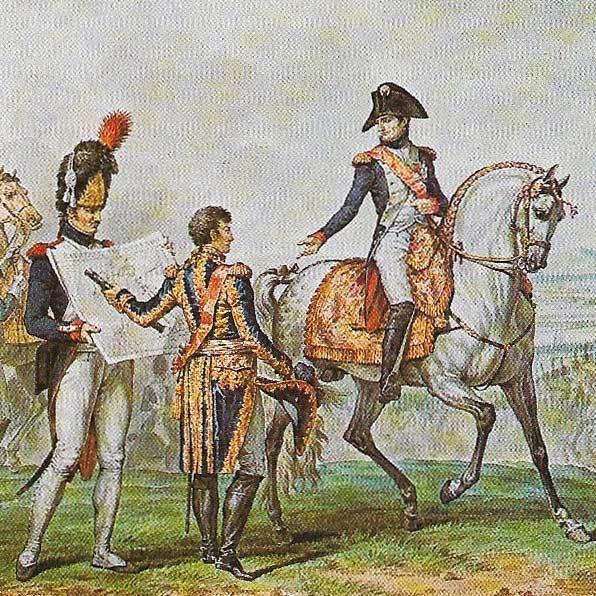
Figure 1. Napoleon's victory over Austria at Marengo in June 1800 began the process of the Hapsburgs' expulsion from northwestern Europe. Francis I was forced in 1806 to give up the title of Holy Roman Emperor which the Hapsburgs had held for many centuries. From then on Austria looked to the southeast.

Figure 2. Lord Byron, who raised an army in the cause of Greek independence, died of fever at Missolonghi in 1824. On October 1827 the Turkish fleet was destroyed at the Battle of Navarino by Britain and France. In 1829 the Treaty of Adrianople recognized Greece's autonomy, and independence came in 1832.
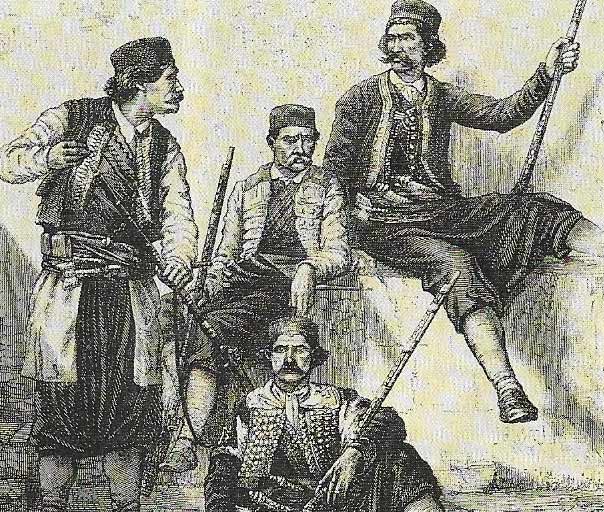
Figure 3. Montenegro was conquered by the Turks in 1499, but a large area of its forbidding mountain territory remained outside their grip. From there Montenegrins like these raided towns that the Turks held. Following the successful wars against the Turks in 1876–1878, Montenegro was recognized as an independent state by the 1878 Congress of Berlin. As a result Montenegrin territory was increased by 70% and the population of the country almost doubled.
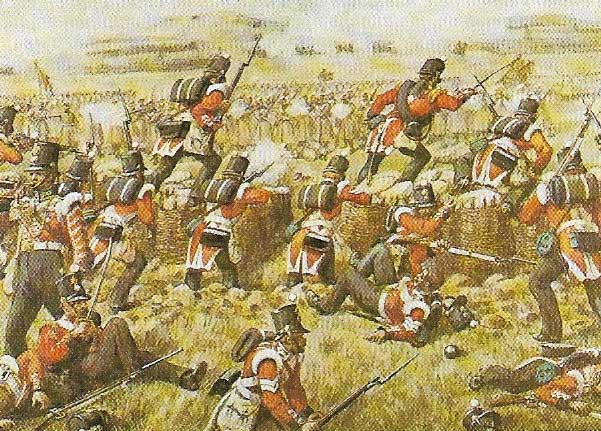
Figure 4. The battle of the Alma on September 20, 1854 was the first big engagement of the Crimean War between Russia and Turkey, Britain and France. Following the Treaty of Paris in 1856, Russia's dominance in southeast Europe ended and Turkey gained a new lease of life under the joint protection of the European powers.
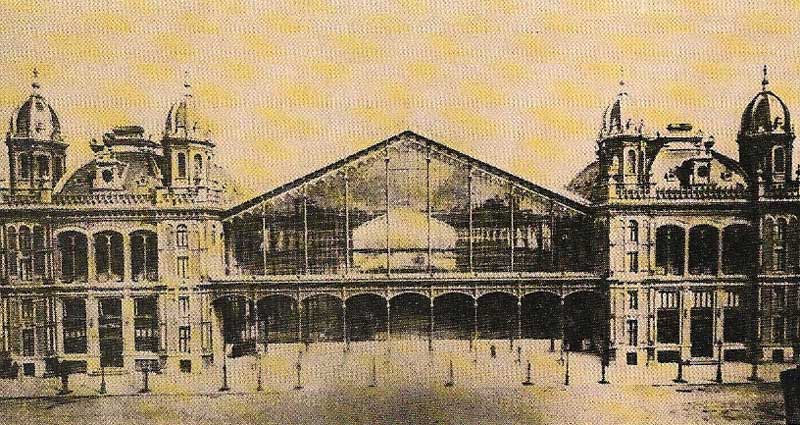
Figure 5. Railways linked the two main centers of the Hapsburg Empire – Vienna and Budapest (whose station is pictured here) – with the outlaying provinces. Vienna's railway to the port of Trieste was built in 1854; her imports in 1869–1873 increased by 83% compared with the preceding five years. Budapest was linked to Rijeka (Fiume) in 1873.
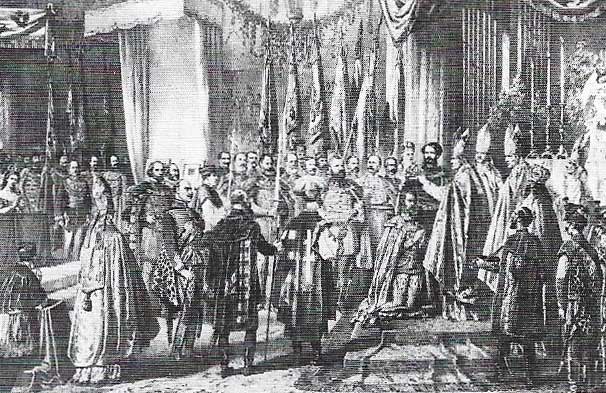
Figure 6. The coronation of Francis Joseph took place in Budapest on June 8, 1867. A dualist empire emerged as a result of a compromise (Ausgleich) between Vienna and Budapest in 1867; Frances Joseph was separately crowned in Vienna as empires of the Austrian half of the dual monarchy and as king of its Hungarian half of Budapest. The Hungarians reached an agreement with Croatia in 1868, guaranteeing it special status and some autonomy within the Hungarian half of the monarchy. But the new Magyar nationalism was resisted by the Romanians, Croats, Serbs and Ukrainians. In the Austrian half of the empire the Czechs led the autonomy struggle against pan-Germanism.
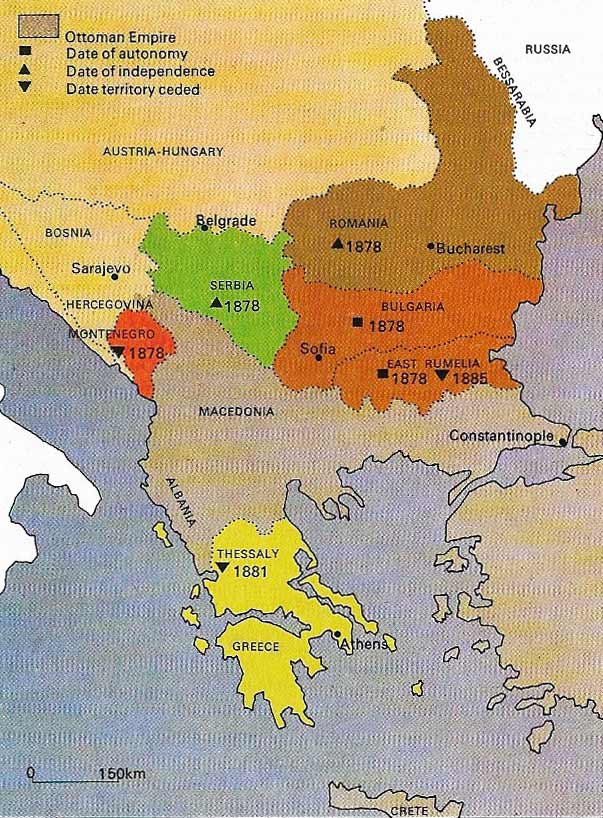
Figure 7. The Congress of Berlin produced an uneasy compromise that carried the seeds of future conflict. It gave Austria-Hungary control over the strategic province of Bosnia-Hercegovina but not the title to permanent occupancy. Serbia developed large-scale propaganda among its fellow Serbs and other southern Slavs in Bosnia-Hercegovina and other southern Slav-inhabited provinces of the Hapsburg Empire. In 1908 Austria-Hungary carried out the annexation of Serbia. Bulgaria, cheated of access to the Aegean and of Macedonia, nursed a grievance against Britain and other powers except Russia and Serbia. Romania gave up southern Bessarabia to Russia, which lost control of Constantinople.
The Austrian-Hungarian, Russian and Ottoman empires were all deeply involved in the Balkan countries through most of the 19th century. The diplomatic and military conflicts between the three powers were a result partly of their own political ambitions and partly of aggressive national independence movements in the disputed areas.
 |
| Suleiman's Mosque still stands as a symbol of the once mighty empire of the Ottomans. In decline from the 17th century, the empire was still strong enough in the early 19th to resist Russian expansionism and maintain some power in Europe. |
The Serbian struggle for independence
It was in Serbia, one of the Ottoman provinces in the Balkans, that a subject nationality first challenged the political power of the Ottoman Empire. Turkish rule in Serbia, which had been conquered in 1389, had become particularly tyrannical at the end of the 18th century. The local military commanders (dahis) exercised a largely independent authority. In 1801 they executed the pasha of Belgrade, the sultan's own representative, and in 1804 they ordered the execution of 72 Serbian village elders. The Serbian uprising of 1804 under Karadjordje, a capable military leader, started off as a protest movement against excesses of Turkish rule, but after striking military successes it developed into a movement aimed at winning full independence.
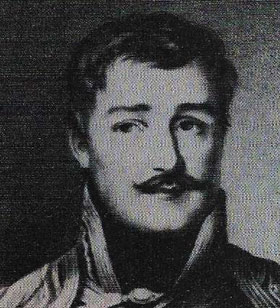 |
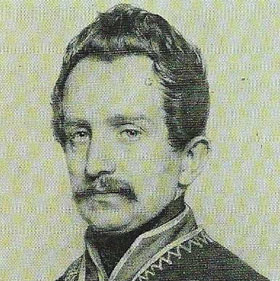 |
| Two of the most important figures in the Serbo-Croat independence movement were Ljudevit Gaj (1809–1872) (top) and Karadjordje (Georgije Petrovic) (1768–1817). Gaj founded the movement for the political and cultural emancipation of Croatia from Austria. Karadjordje led the uprising against the Turks in 1804. After the suppression of an uprising in 1813 he fled to Austria and later to Russia. |
Russia offered some military and diplomatic support to the Serbs, to whom it was tied through the Orthodox religion and the Slav race, but it was chiefly a combination of Turkish weakness and Serbian resistance that enabled the rebels to remain independent for eight years. The Turks finally crushed the Serbian revolt in 1813 but within 18 months the Serbs revolted again, this time under the leadership of Milos Obrenovic (1780–1860), a greater diplomat than Karadjordje.
Obrenovic worked out an agreement with the Turks under which Serbia remained formally a Turkish province garrisoned by Turkish troops, but was allowed to share in the administration of justice, to maintain a militia and to summon a National Assembly in the capitol, Belgrade.
Serbia's struggle for independence was not fully consummated until 1878 when the Congress of Berlin (Figure 7) recognized it as an independent state. However, the example of the successful Serbian struggle had a lower full effect on the other Balkan nationalities, inspiring the growing nationalistic movements, especially among the other southern Slavs living under both the Ottoman and Hapsburg empires.
The unification of the Slavs
The effect was greatest in the Hapsburg Empire where many Serbs had fled from the Turks in the 17th century. The Orthodox Church was a powerful link between the Serbs in Serbia and the others outside. Fear of being crushed by the twin pressures of forcible Germanization from Vienna and magyarization from Budapest brought the Croats and other Slavs, notably the Slovenes, closer together (Figure 6).
In the 1848–1849 anti-Hapsburg revolution, the Croat general Josip Jelacic (1801–1859) fought against the Hungarian revolutionaries with Serbian and Slovene support. But Vienna, after the successful crushing of the 1848–1849 revolution, introduced a centralist, strongly germanizing rule. The existence of a semi-independent Serbia fired the imagination not only of the Serbs but of the Croats and Slovenes as well. Linguistic similarities fostered the idea that all Serbs, Croats and Slovenes were one nation of Jugoslavs or Southern Slavs. This idea was developed further in Pan Slavism, a nationalistic movement that agitated for the cultural and political unity of all the Slavonic peoples.
The effect of Russia's foreign policy
Russia saw these movements as instruments of its own drive towards Constantinople and access for its navy all year to ice-free waters. Meanwhile, with Prussia squeezing Austria-Hungary out of Germany since 1815, Austria developed a renewed commitment to its Balkan role. Because of its mistrust of the new nationalism of the Balkan Slavs, Austria in the first half of the 19th century also became a protector of Turkey. In response, Russia stepped up its support for Turkey's and Austria's enemies.
Turkey enjoyed the support of Britain, Russia's chief adversary; Britain was joined in the early 1850s by France. After a quarrel over the holy places of Palestine on 21 July 1853, Russia occupied the principalities of Wallachian and Moldavia, which were still under Turkish suzerainty, as a "material guarantee" for the concessions to her "just demands" in Palestine.
On 4 October 1853, Turkey declared war on Russia, as later did Britain and France, believing the integrity of the Turkish Empire at be at stake. Austria stayed neutral but in so doing harmed Russia and greatly increased the hostility between the two powers. The Russian forces were worn down in the Crimea (Figure 4) until Tsar Nicholas I died in February 1855. His successor Alexander II sued for peace.
The result of the Crimean War checked Russian ambitions in the Balkan's, opened the Danube to international navigation and neutralized the Black Sea. The Turkish Empire's territorial integrity and independence were guaranteed and so were Serbia's liberties. In 1859 the election of Alexander John Cuba (1820–1873) as Prince of Moldavia and Wallachian prepared the official union of the two principalities as Romania, which became formally independent in 1878. However, the Ottoman Empire continued to decline up to 1914.
